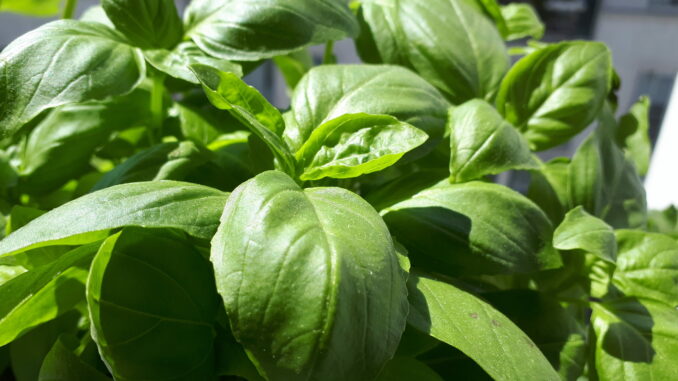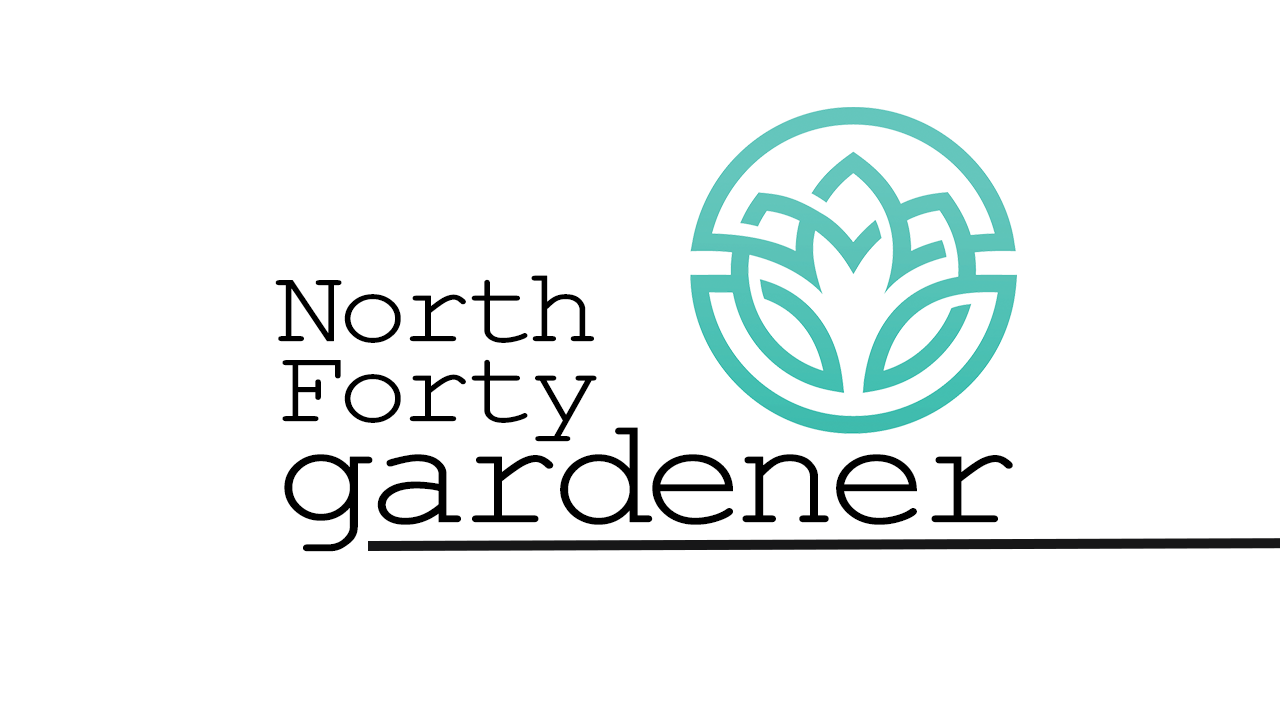

By Alex Tisthammer
Herbs have been used by our ancestors for millennia. The first recorded depiction of herbs appears in the Lascaux caves in France, dating back to between 13,000 and 25,000 BC. The cave drawings are of Gingko Biloba leaves, which are still used today in traditional Chinese medicine. Jumping forward to Medieval times in the 9th century, you see the earliest visual representation of a formal garden in the plans for the Abbey of St. Gall. These show two rectangular gardens with rows of 34 raised beds solely dedicated to vegetables, potherbs, and medicinals. This utilitarian style was common in most medieval gardens. In modern times we don’t have nearly the space or the need for something so complex, but we can still draw inspiration from the layout of these gardens.
Raised beds add a traditional clean look to a yard and make it easy to tend to the plots. If you don’t have enough space to dedicate a whole bed to herbs, you can mix them into the landscape with your ornamentals. You can plant rows of chives or lavender along a walkway, or incorporate an Elderberry shrub.
When planning an herb garden you’ll want to keep in mind the placement of the annual vs. perennial herbs. Consider proper spacing to sow your annual herb seeds in the beds in between your perennials. For instance, Valerian (Valeriana Officinalis) takes up a lot of room and can get anywhere from 3 to 8 feet tall and 2 to 3 feet wide, so you’ll want to plant this towards the back.
You should also think about what senses you want to stimulate when you’re in the space and what plants trigger those senses. Do you want sweet-smelling herbs like lavender, basil, and rosemary near your patio so you can smell the scents when you’re relaxing? Or do you want soft plants like artemisia or bronze fennel near your front door so you can feel their soft leaves as you pass by? At Denver Botanical Garden they have a sensory garden where you can find herbs being used to foster good health and wellbeing through sensory experiences with the natural world. The properties of the plants, whether it be through scent, feel or touch, help create a calm and inviting environment. Herbs are not only nourishing but are able to provide therapeutic properties by just being in your garden where you can be in contact with them.
Below is a quick list of herbs that can be used for an outdoor herb garden. Remember, any plant that can be used as a seasoning, fragrance, dye, fiber, or medicine can be included in an herb garden, which opens up a world of possibilities.
Perennial Herbs:
Culinary Sage
Bronze Fennel
Oregano
Valerian*
Echinacea*
Comfrey*
Chives
Lavender
Tarragon
Mugwort*
Elderberry*
Roman Creeping Chamomile
Mint
Annual/Tender Herbs:
Calendula+
Marigold+
Dyer’s Woad+
Nasturtiums
Basil
Rosemary
Thyme
Borage
*Medicinal
+For dyeing
Support Northern Colorado Journalism
Show your support for North Forty News by helping us produce more content. It's a kind and simple gesture that will help us continue to bring more content to you.
BONUS - Donors get a link in their receipt to sign up for our once-per-week instant text messaging alert. Get your e-copy of North Forty News the moment it is released!
Click to Donate
